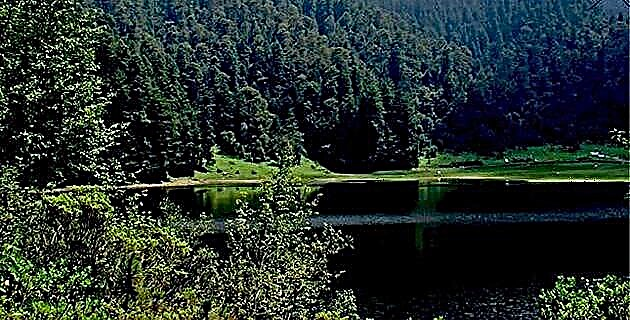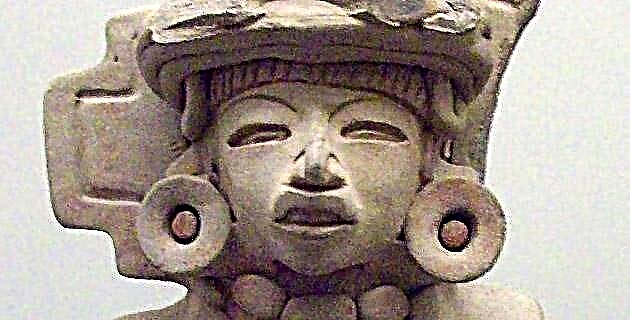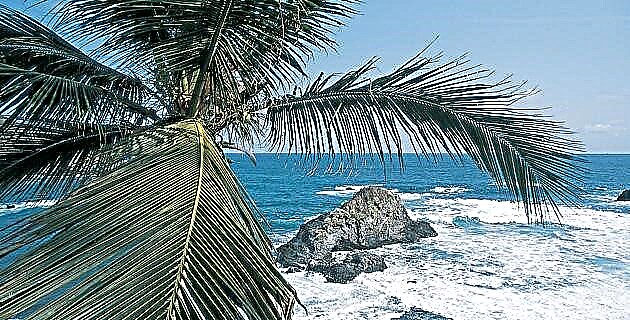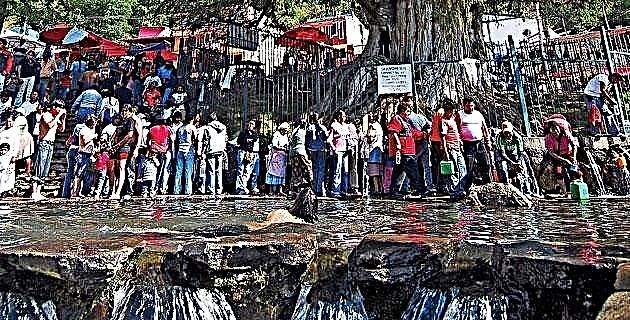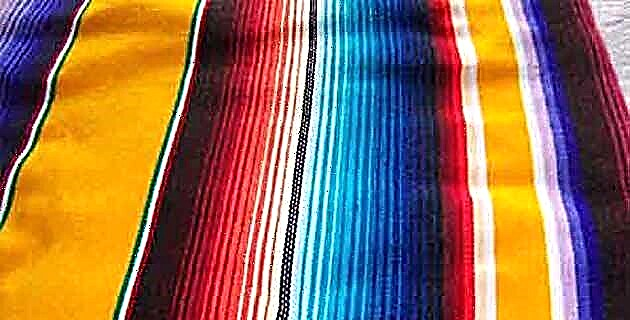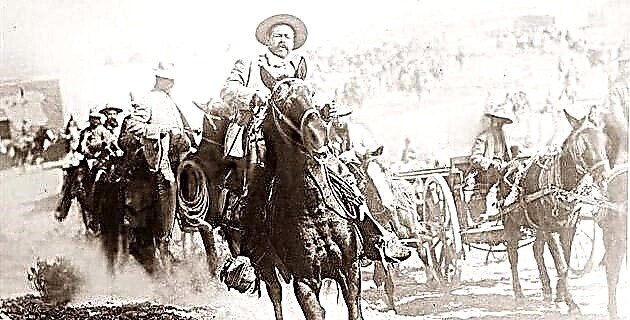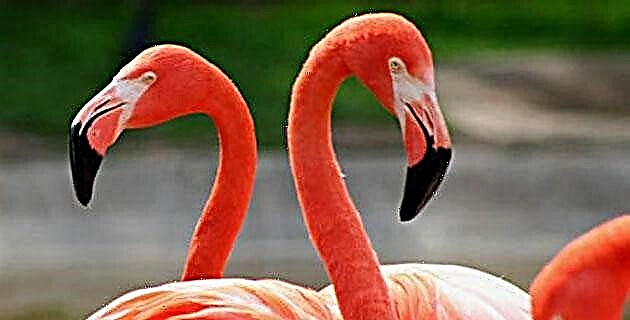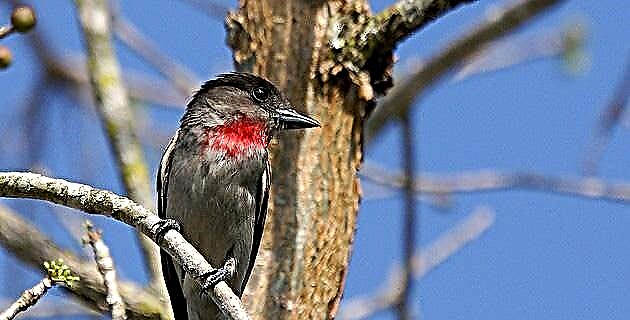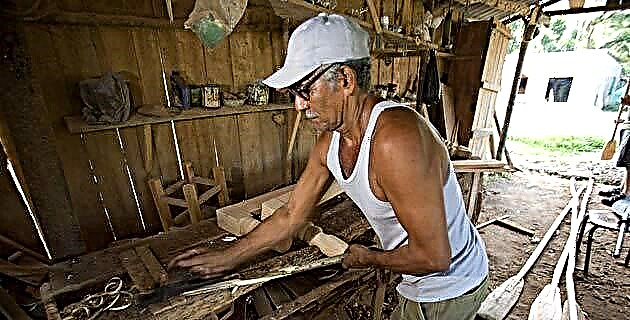
Relive the chronicle of how a nearly one-ton canoe was built for one of the most fascinating river adventures the Maya ever traveled.
In 1998 a project was born, whose objective was to build a Mayan canoe or cayuco, the closest in shape, size and construction technique to those used 600 years ago by merchants and navigators, who had a complex network of river and maritime routes around of the Yucatan peninsula from Chiapas and Tabasco to Central America. At that time, Mayan rowers traveled along the Usumacinta, Grijalva and Hondo rivers, as well as the Gulf of Mexico and the Caribbean Sea with cargoes of cotton blankets, salt, copper hatchets, obsidian knives, jade ornaments, layers of feathers, grinding stones and many other objects.
That project consisted of reviving the Mayan trade routes by forming an interdisciplinary team of expeditionaries and specialists on the subject such as historians, biologists and archaeologists, among others, who would sail in the canoe through the rivers and the seas around the Yucatan Peninsula. By chance of fate this was never done and now we return to it.
AS BIG THE TREE AS THE CARPENTER
The project was ready and the first and most important step was build the canoe that met the characteristics to carry out the expedition. The first problem was to find the tree in which the canoe would be carved, for which a really large one was needed so that it could come out in one piece. Today those large trees that once formed the jungles of Chiapas and Tabasco are almost impossible to find.
The unknown Mexican team found the ideal one in Tabasco lands, in the Francisco I. Madero de Comalcalco ejido, Tabasco. This was a huge pich tree, as it is known in the region. Once permission to tear it down was obtained and the owner, Mr. Libio Valenzuela, was paid, the construction phase began, for which a carpenter specializing in the manufacture of cayucos was sought.
The region of lagoons and estuaries that surround Comalcalco, has always had a great tradition in the manufacture of canoes. Libio told us that when he was a kid he accompanied his father to transport the coconut copra and that they loaded more than a ton in a single boat. The best craftsmen and carpenters specializing in cayucos live here, since in the area there is more water than roads, and they have been the main means of transportation. An example of this are the "santaneros" type, which are used in the Santa Ana bar, in the Machona lagoon on the coast of Tabasco. They are made of a single log, with a flat bottom, and with the bow and stern pointed and slightly higher than the gunwale, this allows you to row in any direction. This type of boat is ideal in the open sea and is the closest we currently have to those used by the mayan.
With these same characteristics our canoe was built. The pich tree was so big that all the people of the region remember it, imagine, the canoe is 10 meters long by a meter and a half wide and a meter and a half high, in the bow and the stern; and, in addition, the carpenter made with the trunk six other smaller boats.

BELOW THE TAMARIND
Ours, once carved, but not finished, was abandoned in the house of Don Libio, the owner of the land where that pich tree was found and who for 14 years kept it on his land under the shade of a lush green tree. tamarind.
Unknown Mexico asked me if I wanted to participate in the project. Without hesitation I said yes. So with some indications I went to look for the canoe. With certain difficulties, I arrived at Don Libio's house, in order to make contact again and conclude the construction, but once again the project was stopped.
OPERATION RESCUE
The magazine decided to rescue him. Again I decided to get involved. As a result of the inquiries, I only had a piece of paper with Libio's name on it and some phone numbers. Fortunately, one belonged to her daughter and she gave me the address. So I decided to go to Comalcalco to see if the canoe still existed.
The big question on my mind was whether Libio had kept the boat and if it was in good condition.
They say that by asking, you arrive in Rome and thus I found Libio's house and the biggest surprise is that the cayuco was still in the same place under the tamarind tree! Libio was also surprised and confessed that he was sure that we would never return. It had some rotten sections, but repairable, so with no time to lose, we went looking for carpenters who could repair it. By the way, the work of cayuquero is about to disappear, since fiberglass boats have been replacing the wooden ones. We finally found Eugenio, a carpenter who lives in a nearby ranch called Cocohital. He told us: "I repair it, but they have to bring it to my workshop", located on the banks of an estuary.
The next problem was to figure out how to move the almost a ton canoe. We got a trailer but it was too small so we had to add a cart to the back of the canoe. It was quite an odyssey to lift it and raise it, since there were only four of us, for which we had to use pulleys and levers. Since we couldn't go fast, it took us four hours to get to Eugenio's house, at the Cocohital.
IN A COUPLE OF MONTHS…
In a short time I would touch the water and with it we would begin this journey through time, rescuing our history and our roots, exploring our archaeological sites, ancient Mayan ports, such as the Island of Jaina, in Campeche; Xcambo and Isla cerritos, in Yucatán; the Meco, in Cancun; San Gervasio, in Cozumel; and Xcaret, Xelhá, Tulum, Muyil and Santa Rita Corozal, in Quintana Roo. We would also visit the natural wonders of the Mexican southeast such as the protected natural areas and the biosphere reserve such as the Centla, Celestún, Río Lagartos, Holbox, Tulum and Sian Kan swamps.
The traditions of the Mayan world are still valid… you just have to join us in this new adventure and discover them together with our team of expedition members.
Extreme AdventureMayan AdventureChiapasExtremomayasMayan worldTabascoPhotographer specialized in adventure sports. He has worked for MD for over 10 years!

